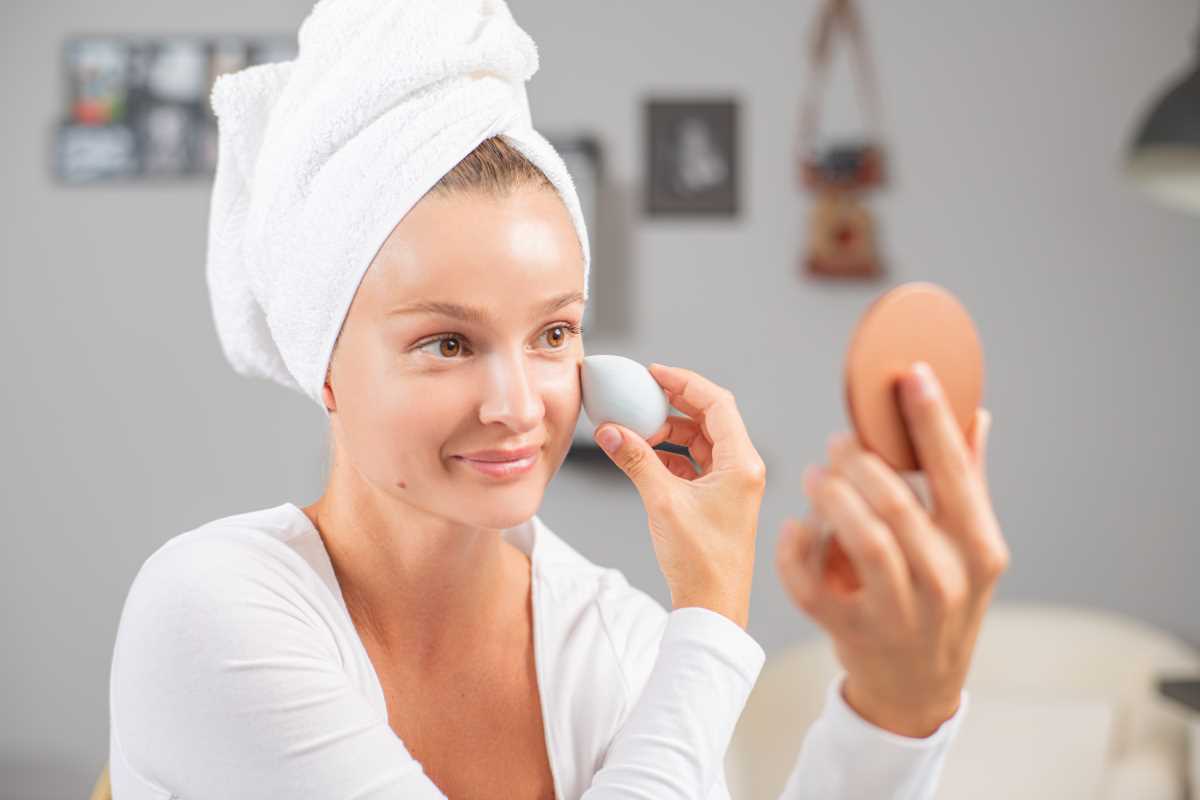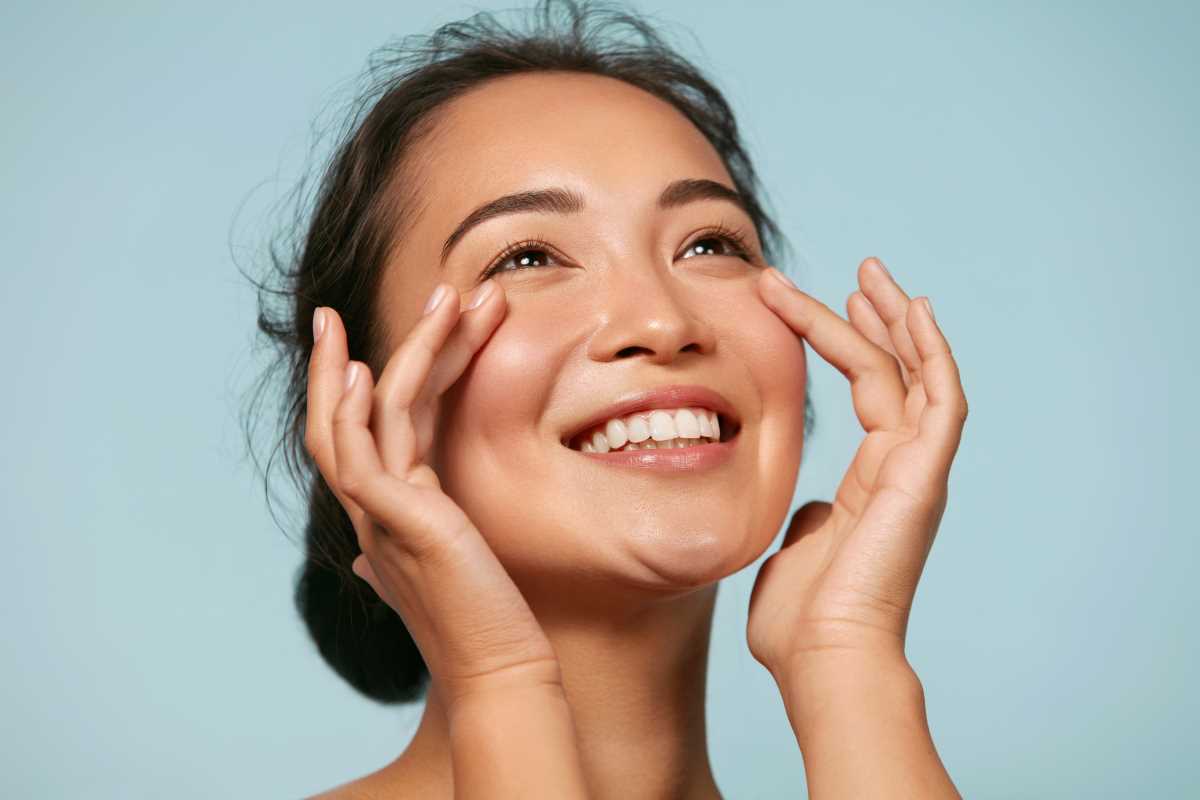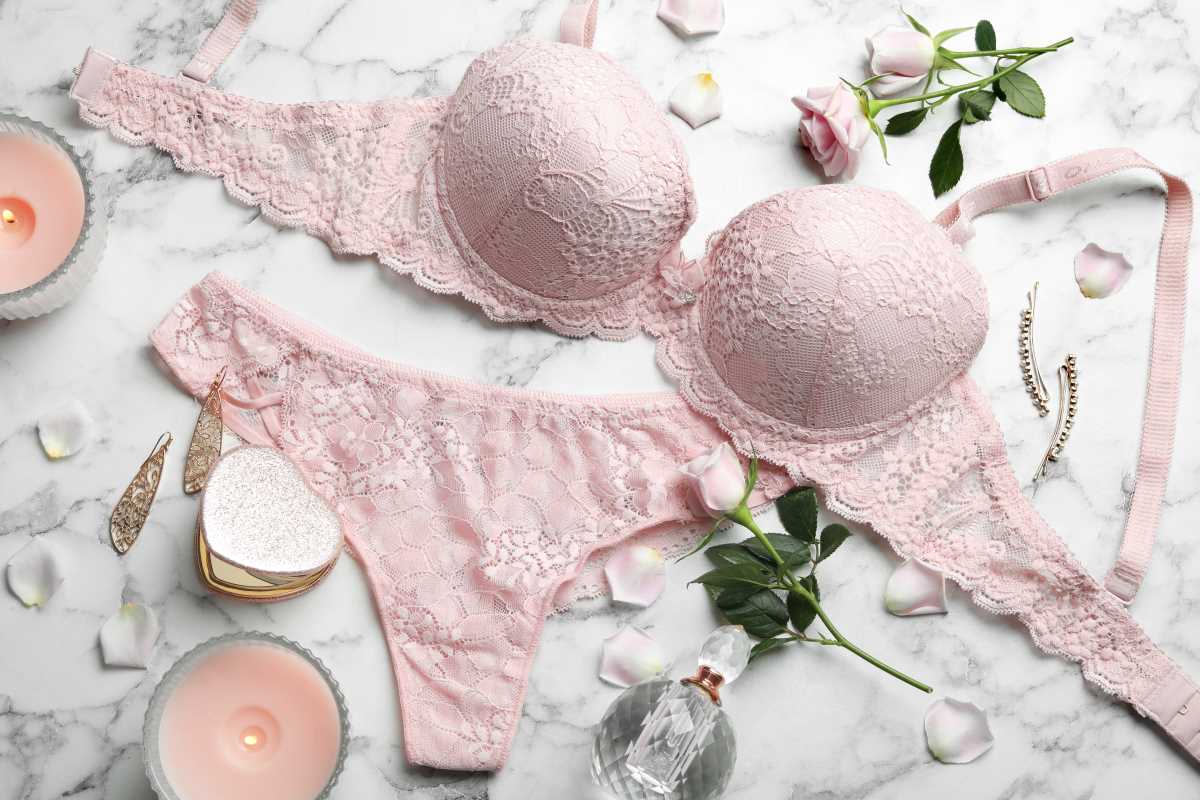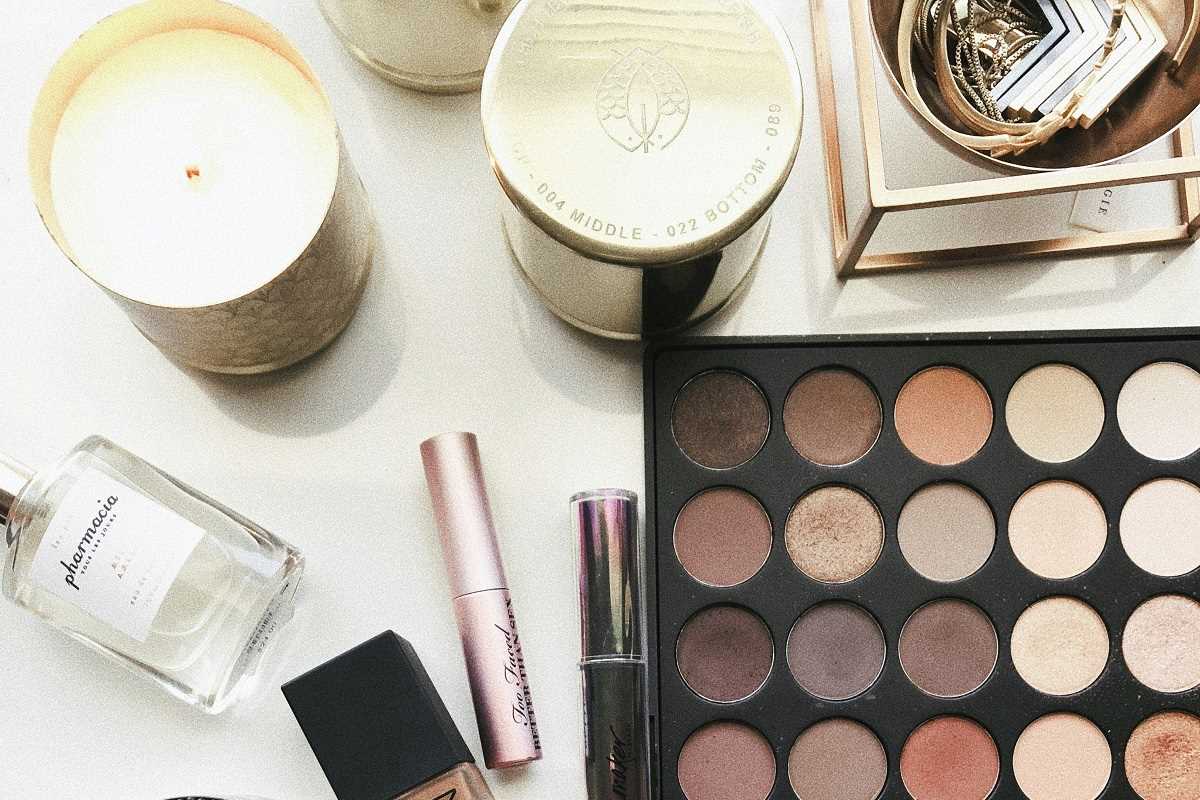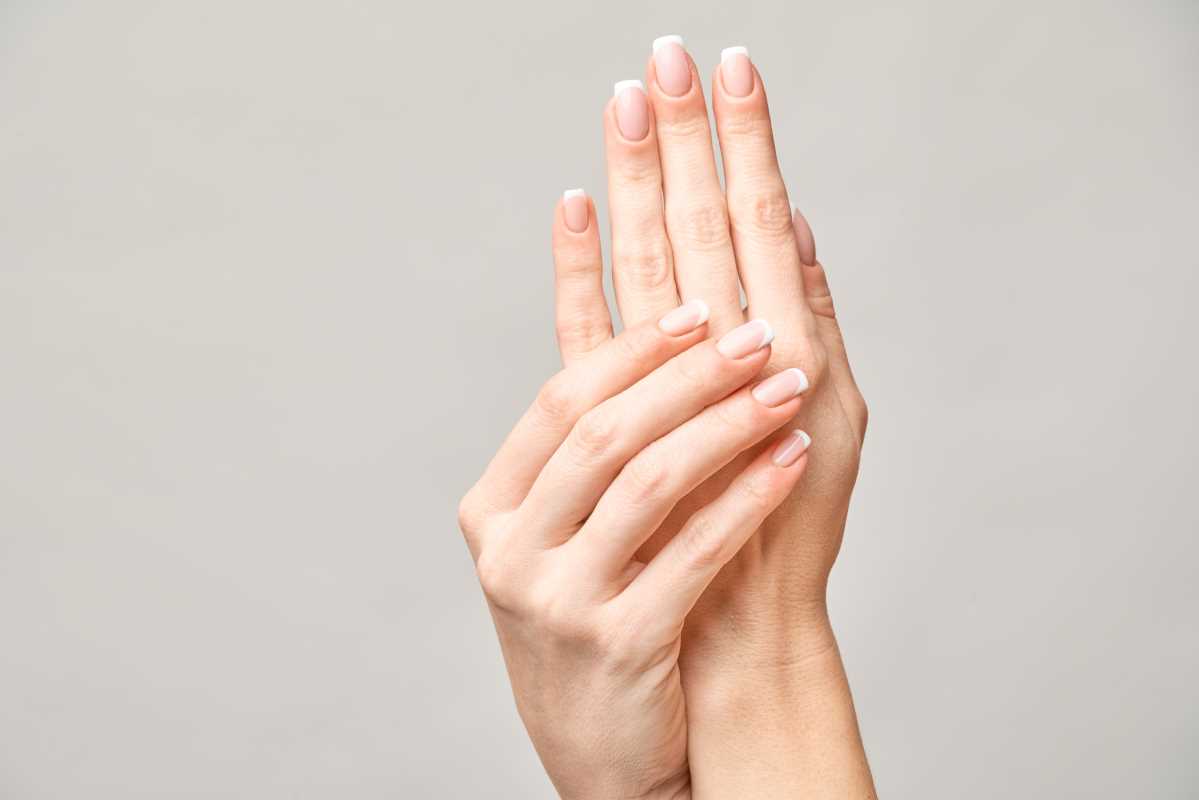Eyebrows play a pivotal role in framing the face and enhancing facial features, making eyebrow grooming a key aspect of beauty routines for many. Two popular methods for achieving polished brows are threading and waxing, each with its own set of benefits and drawbacks. Understanding these can help you decide which method might be best for you, depending on your skin type, pain tolerance, and desired results. Here’s a comprehensive comparison of eyebrow threading versus waxing to help you make an informed choice.
Precision of Technique
Threading is renowned for its precision in shaping eyebrows. Using a thin cotton or polyester thread twisted into a double strand, the technician lifts individual or lines of hairs from the follicle. This method allows for a high level of detail and can create a very defined brow shape.
Waxing, on the other hand, involves applying a thin layer of wax over the hairs that need to be removed, then pulling it off in one swift motion. While waxing can quickly clear large areas, it doesn't offer the same level of precision as threading, which can better target misaligned hairs without affecting the surrounding skin.
Effects on the Skin
One of the significant advantages of threading over waxing is its gentleness on the skin. Threading does not involve chemicals or heat, making it a preferable option for those with sensitive skin or conditions such as acne or rosacea. It solely targets the hair and does not pull on the skin, which minimizes the risk of wrinkles and sagging over time.
Waxing, however, can remove a thin layer of skin along with the hair, which can lead to redness, irritation, or even minor burns if the wax is too hot. People with sensitive skin may experience more pronounced side effects from waxing, including prolonged redness and irritation.
Pain and Discomfort
The level of pain associated with either method largely depends on the individual's pain tolerance. Threading is often described as uncomfortable but bearable, with a sensation similar to light pinching. The discomfort is fleeting and usually subsides quickly once the threading session is complete.
Waxing, on the other hand, can be quite painful, as it involves ripping the hair from the root and can affect the skin as well. The pain is more acute due to the larger area being treated at once, but like threading, it is quick and diminishes shortly after the waxing session.
Duration and Maintenance
Threading generally requires more frequent sessions as it captures finer hairs that might not yet be long enough for waxing. Most people find that threading needs to be done every two to four weeks to maintain the desired brow shape and cleanliness.
Waxing might last a bit longer, generally three to six weeks, because it typically removes the hair deeper at the root. The results can be longer-lasting, but the regrowth period can vary depending on the individual’s hair growth cycle.
Cost and Accessibility
The cost of threading and waxing can vary widely depending on location, salon, and the expertise of the aesthetician. Typically, threading can be less expensive than waxing because it requires fewer materials; only the thread is used, whereas waxing requires wax, strips, and often soothing creams applied post-session.
Both services are widely available at most beauty salons and specialty brow bars, making them accessible options for most people looking to enhance their eyebrows.
Suitability for Different Hair Types
Threading is particularly effective for individuals with finer hair or those who prefer a more natural, less defined brow shape. It allows for the removal of stray hairs while maintaining the natural arch and thickness of the brows without the risk of removing too much hair.
Waxing can be more suitable for those with coarser, thicker eyebrow hairs, as it can remove dense growths of hair more effectively in a single application. It’s also often chosen by those who desire a more sculpted, sharply defined brow shape.
Skin Reactions and Aftercare
Due to its non-invasive nature, threading generally results in fewer reactions. However, some may experience minor redness or irritation, which usually subsides within a few hours. A soothing aloe vera gel can help calm any irritation.
With waxing, because the skin can be more traumatized, it's not uncommon to see more pronounced redness or even swelling. Applying a cold compress and a soothing agent like aloe vera or a skin-calming lotion can alleviate these symptoms more quickly.
Each eyebrow grooming technique has its benefits and can be the right choice depending on individual needs and skin types. Whether you choose threading or waxing, the goal is always to enhance your natural beauty by defining your eyebrows in a way that best suits your facial structure and beauty goals.
(Image via Adobe)


